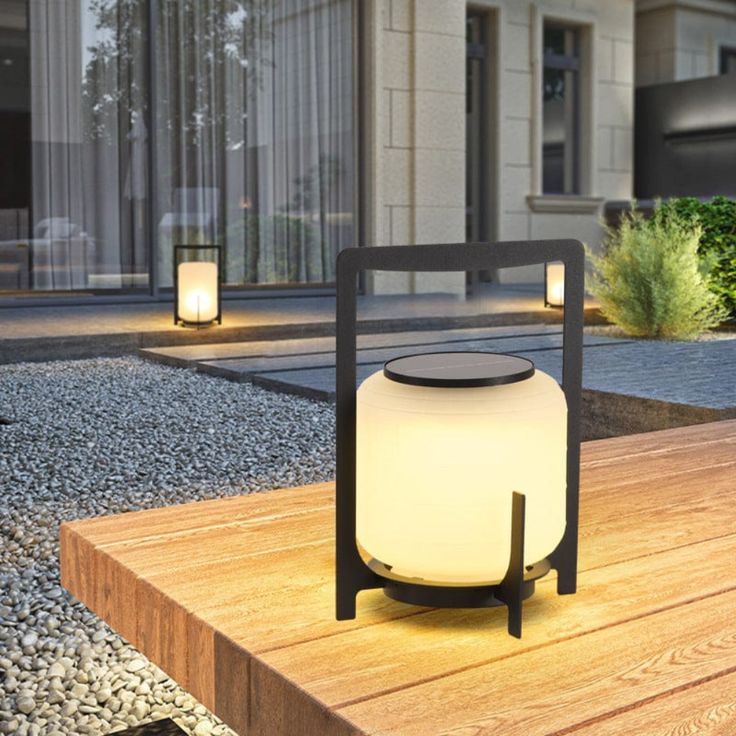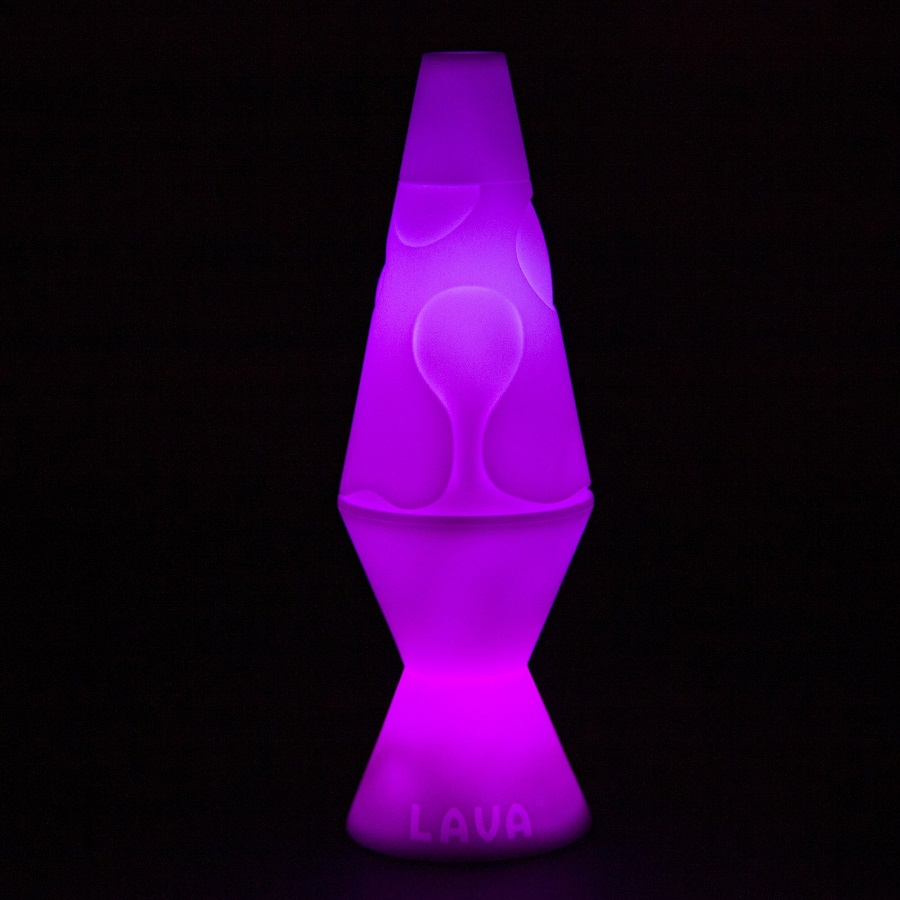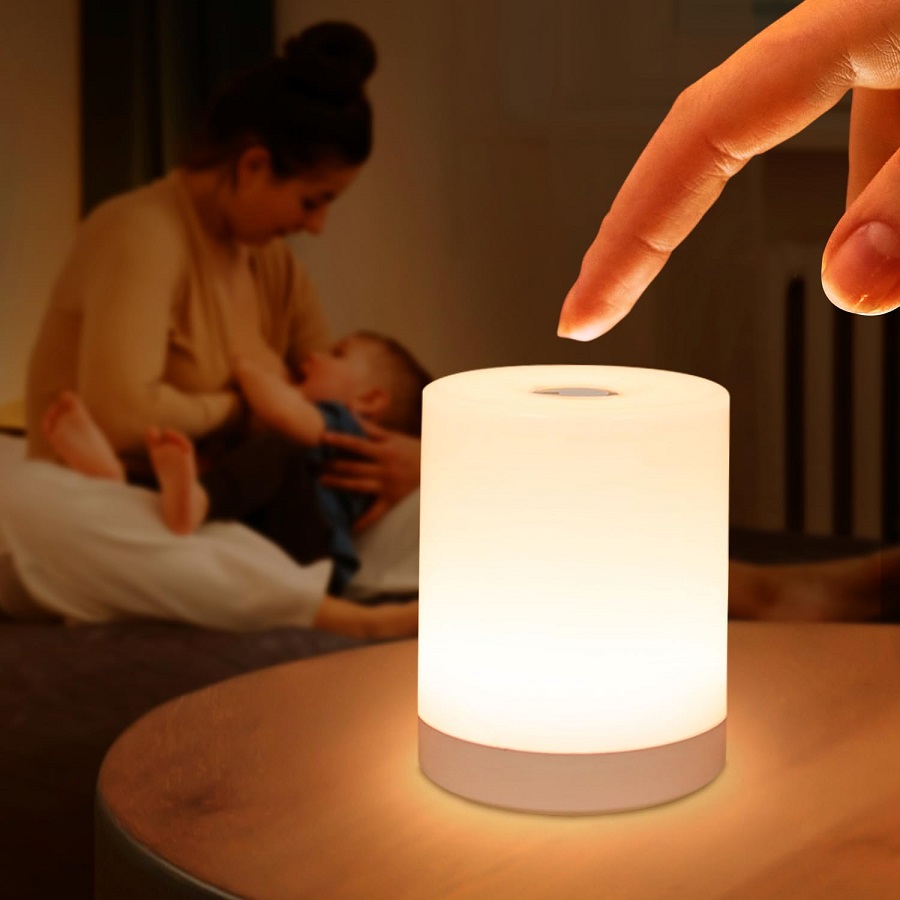 Introduction:
Introduction:
LED ceiling lights are popular for their energy efficiency and long lifespan. However, there are times when an LED ceiling light may not work despite having power. Troubleshooting the issue requires a systematic approach to identify the root cause and find a solution. In this comprehensive guide, we will explore common reasons led ceiling light not working but has power. By following the step-by-step troubleshooting guide, you can diagnose and resolve the issue, restoring illumination to your space.
 Introduction to LED Ceiling Lights Not Working
Introduction to LED Ceiling Lights Not Working
If an LED ceiling light does not work despite having power, there may be underlying issues causing the problem.
A. Power Supply: The LED ceiling light may be receiving power, but there could be other factors preventing it from functioning.
B. Troubleshooting Approach: A step-by-step troubleshooting process will help identify and resolve the issue.
Initial Checks
Perform initial checks to ensure all connections and settings are in order.
A. Power Source: Verify that the power supply to the light fixture is switched on and functioning correctly.
B. Loose Connections: Inspect the wiring connections at the light fixture and ensure they are secure and tight.
Check the LED Bulb
The LED bulb itself might be the cause of the problem.
A. Check the Connections: Ensure the LED bulb is securely screwed into the socket, making proper contact.
B. Test with Another Bulb: Replace the LED bulb with a known working one to determine if the bulb is faulty.
Verify the Dimmer Switch
Dimmer switches can sometimes cause LED ceiling lights to malfunction.
A. Check Dimmer Compatibility: Confirm if the LED ceiling light is compatible with the dimmer switch being used.
B. Adjust Dimmer Setting: Adjust the dimmer switch to different levels to see if there is any impact on the LED light.
Assess the Wiring
Issues with the wiring can disrupt the functionality of led ceiling light not working but has power.
A. Loose Wiring Connections: Examine the wiring connections in the junction box or electrical box and tighten any loose connections.
B. Wire Damage: Inspect the wiring for any signs of damage or wear, such as exposed wires or frayed insulation.
 Consider the Light Switch
Consider the Light Switch
Problems with the light switch can affect the LED ceiling light’s operation.
A. Check the Light Switch: Toggle the light switch on and off multiple times to ensure it is functioning properly.
B. Test with Another Switch: Replace the existing light switch with a known working switch to eliminate the possibility of a faulty switch.
Dim Light or Flickering
Dim or flickering LED ceiling lights can indicate specific issues.
A. Voltage Fluctuation: Consult an electrician to assess and address any voltage fluctuations that may be affecting the LED ceiling light.
B. Incompatible Dimmer: Determine if the dimmer switch being used is compatible with the LED ceiling light to prevent dimming issues or flickering.
Consult a Professional
If troubleshooting steps do not resolve the issue, seeking professional assistance is recommended.
A. Licensed Electrician: Contact a licensed electrician to inspect and troubleshoot the LED ceiling light’s electrical connections and components.
B. Warranty Coverage: If the LED ceiling light is still covered under warranty, evaluate if it is eligible for repair or replacement.
 Comparison between chandeliers, LED ceiling light bulbs, and fluorescent lights:
Comparison between chandeliers, LED ceiling light bulbs, and fluorescent lights:
Here is a comparison between chandeliers, LED ceiling light bulbs, and fluorescent lights:
Chandeliers:
Chandeliers are decorative lighting fixtures that typically hang from the ceiling and feature multiple arms or branches with light bulbs or candles. They are often used in dining rooms, entryways, or formal living rooms to add a touch of elegance and charm to the space. Chandeliers come in various styles, sizes, and materials, allowing for customization to match different interior designs.
LED Ceiling Light Bulbs:
Bulbs are energy-efficient light sources that can be used in various types of fixtures, including ceiling lights. LED bulbs consume less energy than traditional incandescent bulbs and have a longer lifespan. They are available in different shapes, sizes, and color temperatures to suit different lighting needs. LED ceiling light bulbs provide bright and focused illumination, making them suitable for general lighting or task lighting.
Fluorescent Lights:
Fluorescent lights use a fluorescent lamp tube that contains mercury vapor and phosphor coating. When electricity passes through the bulb, the mercury vapor emits ultraviolet light, which then interacts with the phosphor coating to produce visible light. Fluorescent lights are commonly used in commercial or industrial settings due to their energy efficiency and long lifespan. They provide a cool, white light and are available in different sizes and formats, including tube lights and compact fluorescent lamps (CFLs).
Comparison:
Design and Aesthetic: Chandeliers are primarily chosen for their decorative appeal and can serve as a centerpiece in a room. LED ceiling light bulbs and fluorescent lights have simpler and more functional designs that are focused on providing adequate illumination.
Energy Efficiency: LED ceiling light bulbs are highly energy-efficient, consuming less electricity and having a longer lifespan compared to both chandeliers and fluorescent lights.
Light Quality: Chandeliers provide a warm and ambient light, while LED ceiling light bulbs and fluorescent lights offer a brighter and more focused illumination. LED bulbs offer the advantage of adjustable color temperatures, allowing for customization based on preference or intended use.
Maintenance: Chandeliers require periodic cleaning and maintenance due to their intricate designs and hanging nature. LED ceiling light bulbs and fluorescent lights are low-maintenance, with LED bulbs requiring the least frequent replacement.
The choice between chandeliers, LED ceiling light bulbs, and fluorescent lights depends on factors such as personal preference, lighting needs, energy efficiency, and the desired style or ambiance for the space.
 Conclusion
Conclusion
When led ceiling light not working but has power, troubleshooting the issue systematically is necessary to identify and resolve the root cause. Verify initial connections, assess the LED bulb and dimmer switch compatibility, evaluate the wiring and light switch functionality, and address any fluctuation, dimming, or flickering issues. If troubleshooting steps do not resolve the problem, seeking professional assistance is advised. By following this comprehensive guide and isolating the issue, you can restore functionality to your LED ceiling light, ensuring continued illumination in your space.



